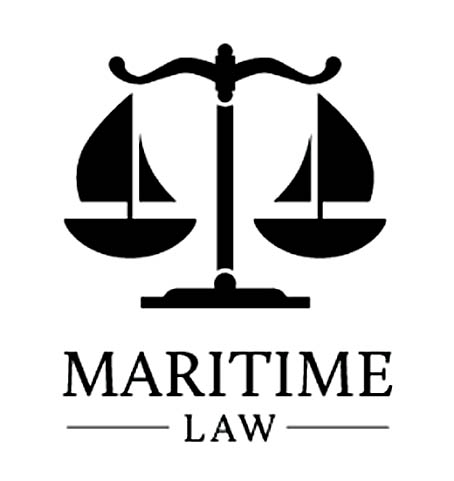The recent collision involving the container ship Dali and the Francis Scott Key Bridge brings attention to an issue that has received greater attention in recent decades. As the dimensions of cruise ships and container ships have grown, it underscores how critical things can be when 100,000-plus ton vessels with air drafts that rival the heights of city skyscrapers operate in close quarters with major bridges. On March 26, 2024, Dali struck one of the piers of the Francis Scott Key Bridge, resulting in a collapse of the main span and several additional spans.

This iconic structure is a continuous truss bridge with a span of around 1,200 feet, crossing the Patapsco River near Baltimore, Maryland. Tragically, six construction workers lost their lives in the accident. Dali, operated by Synergy Group, was temporarily leased by Maersk. After leaving Seagirt Marine Terminal in Baltimore, the ship was bound for Colombo, Sri Lanka, when at around 1:30 am, it went off course and struck the bridge. While a full investigation by the National Transportation Safety Board (NTSB) could take a year or two, preliminary information indicates a power outage aboard the 984-foot container ship.
From a legal standpoint, maritime law is generally on the side of the stationary object, as it is the vessel that is expected to operate with well-maintained machinery, experienced crew and pilots, and escort tugs where necessary in negotiating tight passages that offer no margin of error for loss of propulsion. While this incident is of major proportions, similar to the scale of the container ship Ever Given running aground in the Suez Canal in March 2021, minor incidents involving vessels and bridges on inland waterways are not uncommon. However, since these may involve towboats and tugs often less than 100 feet in length, we don’t usually hear about these on the national evening news.
While maritime law favors the stationary object over the moving object, case law on the subject of vessels and bridges is still subject to fact-specific considerations. The basic legal theories often revolve around negligence, such as the case vessel losing control or power. If a ship loses power, it might not be treated as an innocent per chance event. Authorities could examine maintenance records and failure history as evidence of a vessel owner’s knowledge of impending problems.
Vessel-bridge interactions are often treated as civil matters, like accidents in general. While there is often a central element of negligence, vessels can introduce additional factors, such as unseaworthiness. Although such incidents may start as civil law matters, things can rise to the level of criminal charges.
That was the case in the November 2007 a collision between the containership Cosco Busan and the San Francisco Oakland Bay Bridge. Investigators from the National Transportation Safety Board tied the navigational error that led to the accident to prescription pharmaceuticals, which hindered the effective use of navigational charts and radar.
The NTSB also determined that there was no effective communication between the pilot and captain of the container ship and that the captain should have exercised better oversight over the pilot’s actions. In that incident, the environmental consequences were significant. The 902-foot Cosco Busan suffered a gash of two fuel tanks when it struck the protective fender of the bridge in foggy conditions.
According to the U.S. Department of Justice, prosecutors pointed out that the pilot left in foggy conditions that prevented being able to see the bow of the container ship from the bridge. Further, six other pilots chose not to set out in these heavy foggy conditions at the time.
Navigational electronics are also closely examined in these types of incidents. On Cosco Busan, the pilot claimed that the radar was unreliable, but when authorities later examined the radar images, they demonstrated that it was fully operational. Other evidence that investigators look at are exchanges between the bridge watch, engineering watch, pilots, and shoreside personnel. Such exchanges show not only the state of affairs with navigational equipment and propulsion machinery but also the state of mind of command personnel in their decision-making skills in a crisis situation.
The awareness of issues involving vessels and bridges is not a new thing. Even in the 1970s and 1980s, when we didn’t have container ships like the Evergreen giants and Maersk giants that tip the scales at over 200,000 tons and carry over 20,000 containers, or cruise ships like the 235,000-ton Wonder of the Seas, operated by Royal Caribbean, industry experts were already recognizing the importance of avoiding mishaps. This is evidenced by the 1983 paper, Ship Collisions with Bridges, the Nature of the Accidents, their Prevention and Mitigation, published by the National Research Council.
Tim is a NY-based maritime attorney and has taught law at SUNY Maritime College. Erol is a graduate of CUNY School of Law and Farmingdale State College.
